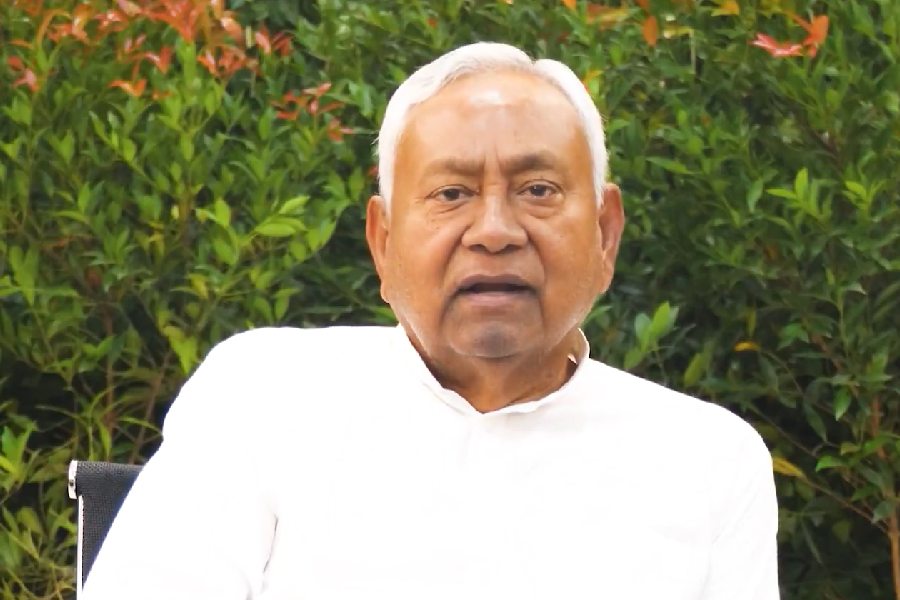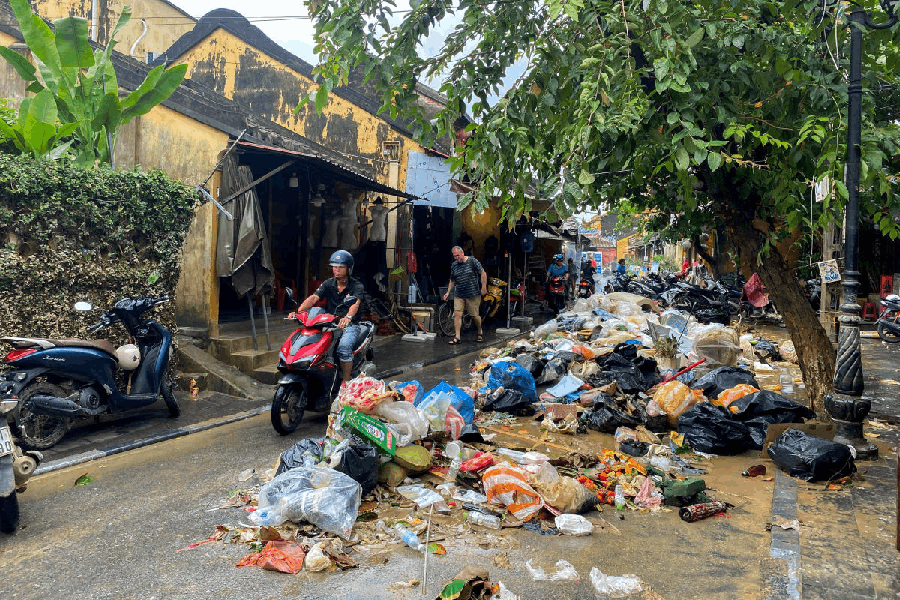 |
My mental map of the world was made of orange peels and tracing paper. The orange peels explained the Mercator projection of the world; the teacher carved the peel of a dessicated fruit in three large strips, to help us understand how a globe might be carved up for convenience.
The tracing paper was how we carefully copied maps, by laying those thin, butter-translucent sheets on pages of the atlas and tracing the outlines. For a long time, when I imagined countries, their borders stood out in sharp relief, thick and definitive in Camlin marker black.
My father’s job meant that he travelled a lot, often to forsaken outposts of the modern Indian empire; he compressed work and vacations together by taking us with him whenever possible. On one of those, we went to a place in Sikkim that’s now almost a tourist attraction. Two decades ago, it was a godforsaken speck of cold winds, ice and steep climbs called Nathu-la. It’s on the border; China lies on the other side.
Travelling up, it was the first time we plains-and-delta people had seen snow, and we didn’t know what to do with it. We stood awkwardly on a grassy verge with distant birds calling so far up in such a blue sky that they seemed to be from another planet. My sister, always resourceful, solved the dilemma by shoving a fistful of snow into a plastic bag. It travelled back to Delhi and remained in the freezer until a power cut turned it into a polybag of dirty water.
I couldn’t contain my excitement as we drew near the frontier. It was only when we saw the small, forlorn, concrete outpost, fortified for a few km around, mirrored by its Chinese counterpart, that I realised I’d got it all wrong. In my mind, a country’s fortress was marked by barbed wire. Or lantana bushes; even bamboo fences. But the sparse shrubs on the other side were exactly same as the shrubs here. The slush in China was as coarse as the slush in India. The wind whipped my face in sharp rebuke as I stared at the Chinese soldiers across a line of barbed wire fencing that extended only some kilometers in either direction. I couldn’t understand why China and India looked so similar, why there was no thick black fence saying, “This is a frontier”.
Over the years, I crossed various borders between various places. It was almost 20 years before I received my second lesson in the nature of borders ? not elsewhere, but very close to home, in fact in Sikkim again.
This time it was at the northernmost point of the state, in a place called Gurudongmar, which housed a makeshift army shelter and the highest Sikh shrine in the world. They sat perched on the edge of the Tibetan plateau, a vast, stunningly beautiful place of ice and bony rock where the freezing winds howled and the air was so thin that every breath sent my heart thudding against my ribs.
“Here is the border!” a soldier told me, pointing to a moderately high set of hills. “That side is China, this side us.” Wanting to get it right, I asked, “So? those first two hills, those are Indian? The others, they’re Chinese?” The soldier had premature lines of ageing on his face that folded like an accordion when he grinned. “The hills are made out of sand,” he said. “So they shift all the time; sometimes they are Indian, sometimes they are Chinese.”
I’m an adult, I believe in borders; the dreary checkpoints, the immigrant official’s interrogations, the stamps on my passport let me know that frontiers are real. But there are also memories, of deserts outside Jaisalmer where you can’t tell the point where a grain of sand stops becoming Indian and assumes Pakistani citizenship, of hills that shift allegiance, of leaves changing colour in tune in both the US and Canada. The world is a porous place, a small voice says in my head. I believe in borders because I have to. But somewhere along the way, I lost my faith in those thick, black lines on the map ? they define some sort of certainty, but I don’t know what it is any more.











